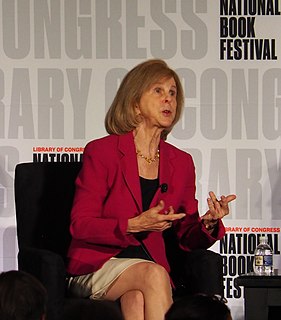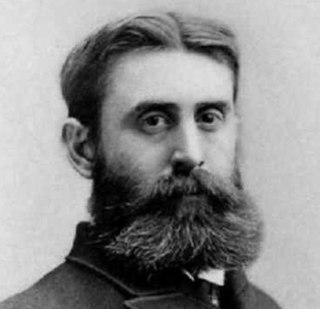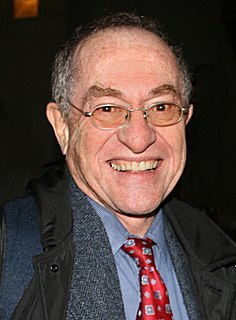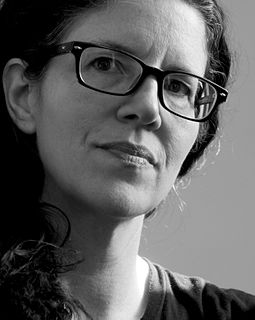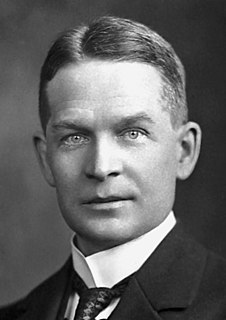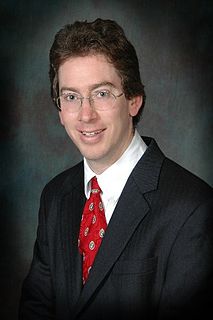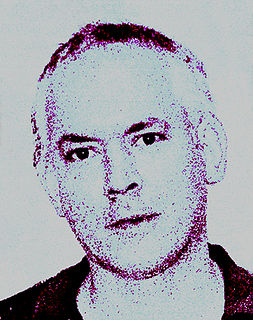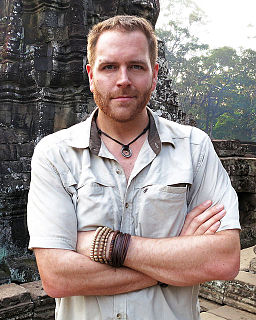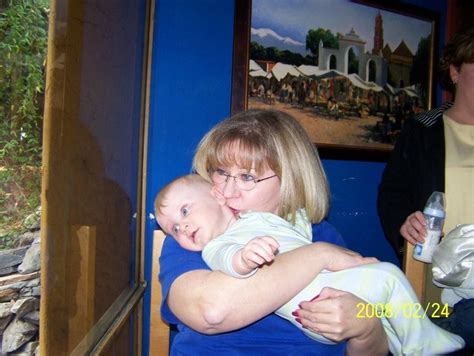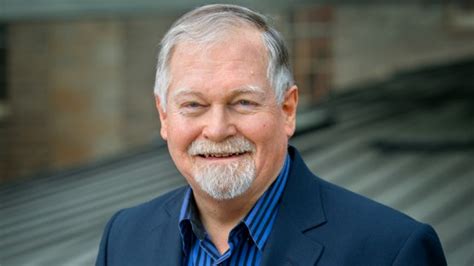A Quote by Lee Strobel
Whereas much of what we know from ancient history is derived from one or two sources, we have no fewer than nine ancient sources, inside and outside the New Testament, corroborating the disciples' conviction that they encountered the resurrected Jesus. That's an avalanche of data.
Related Quotes
If we compare the present state of the New Testament text with that of any other ancient writing, we must... declare it to be marvelously correct. Such has been the care with which the New Testament has been copied - a care which has doubtless grown out of true reverence for its holy words.... The New Testament is unrivaled among ancient writings in the purity of its test as actually transmitted and kept in use.
We make two mistakes about the ancient world. One is to assume they were better than us - that, for instance, the ancient Olympics didn't involve money-making. The opposite mistake, and just as common, is to think our Olympics are much more civilised than ancient sporting competitions. Neither is true.
For me, the whole idea of the radically new is tied to a close reconsideration of older sources. I like to give myself over to those sources, as points of origin, in order to bring things forward. My approach requires me to internalize my sources as much as possible in the hope that new themes might emerge. The material has to be internalized in order for it to live again. Ultimately, paintings reveal themselves on the basis of what they are. They are inseparable from the physical process that goes into their making.
Why so many mentions regarding Jesus from such a wide variety of sources (Pliny, Tacitus, Lucian, Josephus, to name a few)? Because Jesus of Nazareth was a man of history, who made a profound impact on history. There's no good reason to doubt that Jesus existed, or to think the real Jesus was completely different from the one depicted in the Story.
Ancient traditions have long associated holy wells and springs as very special places of the Goddess or anima mundi: symbolic of the Great Mother and associated with birth, the feminine principle, the universal womb, the prima materia, the waters of fertility and refreshment and the fountain of life. The dreaming sites, as they are called, have also been associated with visions, healing, and other paranormal experiences. In ancient Greece, for example, there were more than three-hundred medical centers placed at water sources, where patients experienced healing.
There are dozens of writings outside of the Bible that verify the historical accuracy of many of the names of people, places, and events mentioned in the Bible. In fact, external sources verify that at least eighty persons mentioned in the Bible were actual historical figures. Fifty people from the Old Testament, and thirty people from the New Testament.

